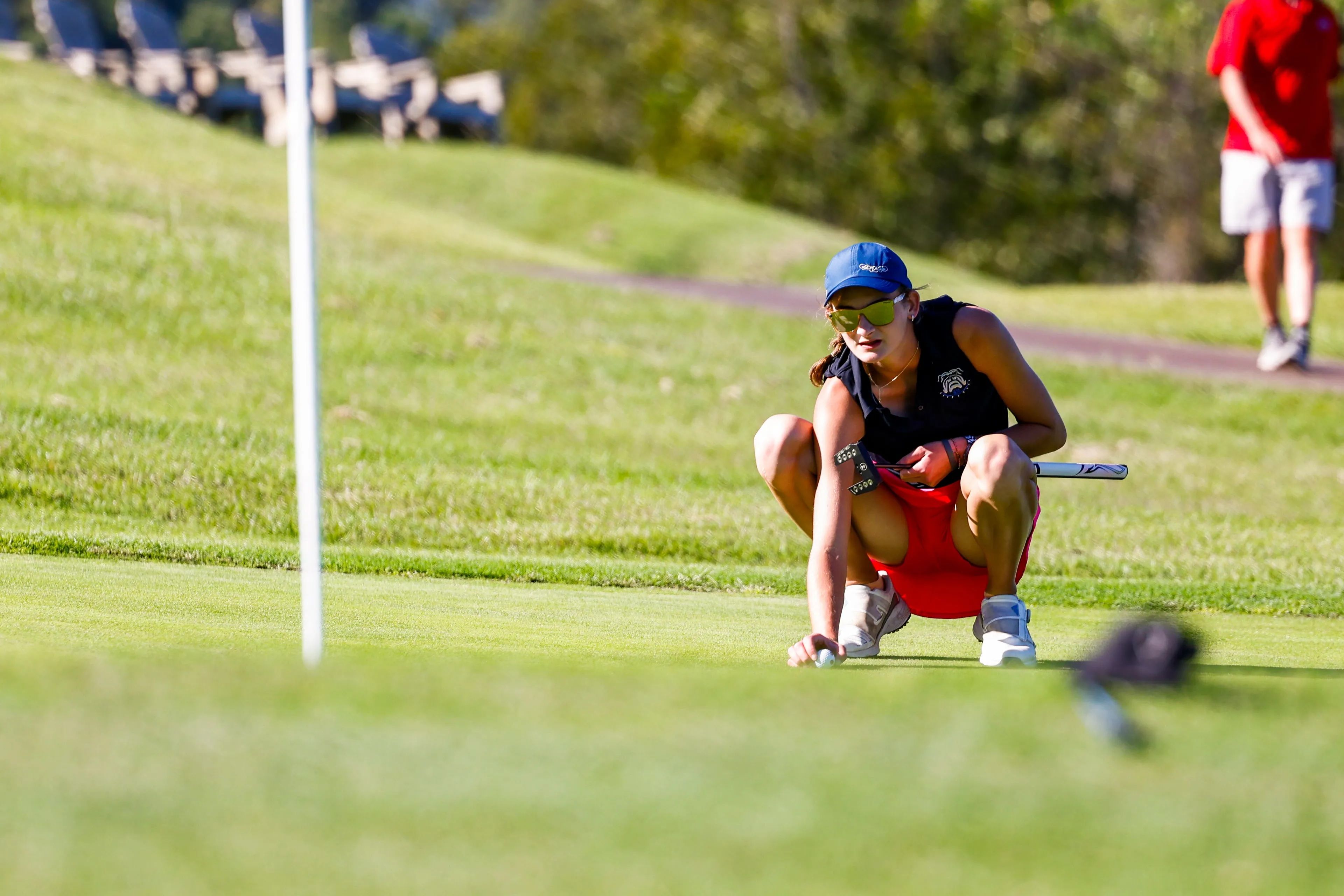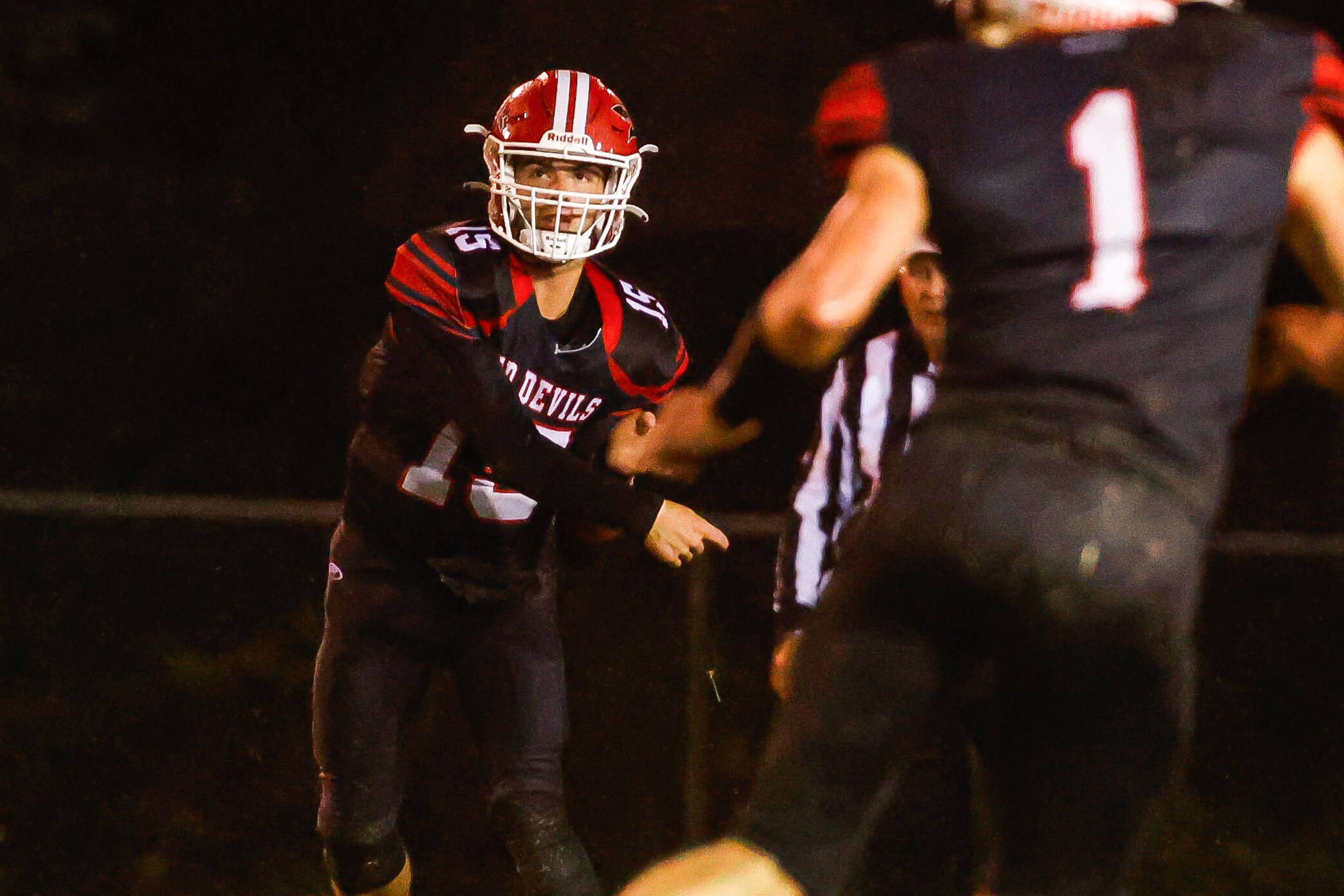"Daddy, this isn't fun anymore. Can I go play now?"
These words from my then-4-year-old daughter ripped open my tender heart like a bow breaking on the tillering board.
We had been shooting her bow, and I decided she was ready for some form correction. Rather than deciding on one basic skill I mentioned them all: the left arm bend, anchor point, nock point, feet placement, posture ... everything in the quiver. No wonder she wanted to stop.
Fortunately, my lack of wisdom stopped with her request.
"Yes, you may," I replied softly. "You did well."
Just like a broken bow before me, I wanted to study what went wrong. I really wanted my daughter to enjoy shooting so she would be good at it as a teen. Many benefits come from the discipline, self-confidence and humility that archery develops. But those benefits won't develop if she is turned off.
I work with outdoor education and leaned on my background to turn my enthusiasm autopsy into a few tips primitive archers should consider when disciplining budding primitives.
* Start early: My son had a bow in his hands before he was 2. Although I had to help him a lot, he wore me out many days asking to shoot. While it is never too late to pick up archery -- I didn't until age 30 -- young children are able to do amazing things with knowledgeable, patient parents and other adults.
* Have fun: Think about your favorite teacher in school. I would wager they made whatever they taught fun. When my daughter told me she was not having fun, that was a signal to back off. It paid off because three days later she was begging me to let her shoot her bow. Obviously, the earlier fun drowned out any earlier drudgery.
Preschoolers are not the only ones who require fun. I would place a second wager that bow-making and shooting is fun to you. Keep that in mind when teaching buddies or other adults.
I let my excitement come out in praise, sharing excitement over a well-placed shot or a well-executed release. Focusing on an improved stance, for instance, is an accomplishment even if it does not immediately lead to better shooting. Too much negativity functions like a rain storm on a sinew bowstring.
* Be willing to stop what you are doing: "Daddy, can I shoot my bow?" Want to see a child's eyes light up? Put down the paper, stop watching television, quit working on that bow for just a few moments and show your son or daughter how important they are by attending to their request. As important as this is, I intentionally don't always do this.
You can't do this each time they request it, of course. When my wife and I are in a discussion or if we have other duties to perform, I won't grant an archery request. However, my free time is negotiable when it comes to teaching my child how to use a bow. I teach priorities when I stop what I'm doing to help my child shoot a bow. When the time is right, I am making an investment in this little archer and building a relationship. A bow without any set is not nearly so valuable as the relationship forged through sacrifice.
* Remember attention span: It is a bit of a myth that adults have a longer attention span than children. Children simply cannot fake it once they lose interest. Education researchers indicate that many short sessions of learning are more beneficial than fewer long sessions. The same amount of teaching may be done but learning is not equal. This does not apply when people learn to gain true enjoyment from pursuit of a hobby or life's work. However, consider how people get to that state. It probably started with short bursts and gained momentum.
Fifteen to 20 minutes of shooting may be pushing it for most preschoolers, but is about right for a grade-school child. Even adult beginners should not shoot beyond 30 minutes due to muscle fatigue and mental drift.
Later, you can let the student determine duration once they get into it. Burn your time effectively and you might ignite a lifelong passion for archery.
* Know skill levels: My pre-school son needs me to hold the arrow against his bow. His older sister in first grade needs no assistance at all, just reminders. While practice comes into play, so does motor skill. A 2-year-old will not have the motor skills of a 3-year-old, and a 3-year-old will not have the motor skills of a 6-year-old. Although every child is different, a grade-school child will be -- on average -- ready to learn to shoot. As a consequence, you need to set expectations accordingly and provide instruction to suit the age. If you have questions about what a child can do, ask a teacher.
Preschoolers need to have fun, respect their bow and learn some basics. I expect no running with arrows -- even foam-tipped ones -- and no shooting the dog, cat or people. Everything else is gravy.
I may work on one skill for a while. For example, once shooting is fun, I then focus on a straight left arm. Most pre-schoolers hold the bow too close to their chest. Next we work on pulling the arrow to the mouth, later we try to do them together. Eventually, I work on aiming and stance, but I have learned to take it slow. If any of this training gives you fits, refer to point No. 2: have fun.
Also remember motor skill development. It takes a while to get muscle memory, although archery can help develop a child's motor skills. Their ability to do more is age dependant. Be mindful not to overload older students. Use the same observation skills meant for the hunt to determine where a student is capable.
* Monitor your intensity: Ever see a miserable player on the tee-ball field with an intense parent behind the fence? Identifying why this is no fun is easy when it's not us behind the fence yelling. Few things take the joy out of an activity like misplaced intensity.
* Factor in some ethics: I want people who learn from me to see my passion and know why I stand for the things I do. I want archery to be a legitimate sport and hunting method well into the future. Hunters or shooters with poor ethics surely will doom my dreams. Motivated by that, I am very purposeful in teaching respect for animals. Deer, squirrels and turkey are not simple bugs for slaughter. They deserve respect.
How is this taught? My children hear me talk about the hunt and how I treat the harvest. I also monitor disrespectful play or talk about deer, and redirect it. Have you heard adult hunters talk about their quarry in a way that makes you cringe? Do they treat the game in a manner that reflects poorly on hunting? Teach your children well and differently -- they will remember.
Also consider what you want youth to know about death and a quick, clean kill.
I know that comes up in hunter education courses, but the lessons learned at home re-enforce that and often supersede courses. It does not need to all come out at once, but be prepared. An uncomfortable answer is as ineffective as a poorly spined arrow. Confidence and sincerity are projectiles that hit the target for changing little people into caring, responsible hunters.
Like making a bow, teaching an archer is an art, not a science. The craftsmanship is contained as much in a touch or an approach as it is in the tools, or the raw material. Thus far, I have been fortunate in crafting my two little archers. When they beg to shoot their bows, it warms my heart like an Osage stave does when I work to release the bow inside.
The future of archery is similarly locked up in every child. As an archer, if you work with your child, you can release their hidden archer. It's kind of like making a mulberry recurve longbow, It requires a lot of work, a bit of skill, a minimum of knowledge and a ton of patience. The same qualities I hope to employ here shortly with my daughter who just asked to get out her bow.
A.J. Hendershott is an outreach and education regional supervisor with the Missouri Department of Conservation.
Connect with the Southeast Missourian Newsroom:
For corrections to this story or other insights for the editor, click here. To submit a letter to the editor, click here. To learn about the Southeast Missourian’s AI Policy, click here.







